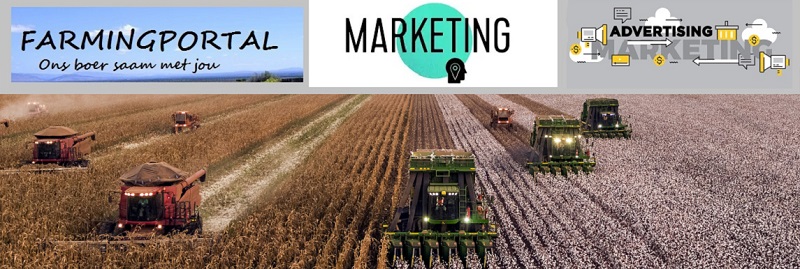South Africa’s agricultural sector stands at a critical juncture, where transformation is not just an aspirational concept but a tangible process requiring clear, actionable steps.
As the nation grapples with economic challenges, including a fiscal crisis and stagnant growth, agriculture holds immense potential to drive inclusive economic progress. However, for this potential to be realized, the journey from small-scale or emerging farming to fully commercial operations must be demystified and structured.“Transformation is the idea, but transition is the journey,” encapsulates the sentiment among many emerging farmers who feel trapped in a cycle of uncertainty. These farmers often ask, “How long will I have to emerge before I become a commercial farmer?” This frustration highlights a critical gap: the lack of a clear, step-by-step roadmap to guide farmers through the transition process. Without this, transformation remains an abstract goal rather than a practical reality.
The Need for a Structured Transition South Africa’s agricultural transformation is vital for addressing historical inequities, boosting economic growth, and ensuring food security. Emerging farmers, many of whom are small-scale producers, face significant barriers, including limited access to capital, land, markets, and technical expertise. These challenges are compounded by the broader fiscal constraints outlined by Reserve Bank Governor Lesetja Kganyago, where high government debt and borrowing costs crowd out private investment, including in agriculture. For emerging farmers, this translates to restricted access to affordable credit, hindering their ability to scale operations.
 VIEWPOINT- Trusts — The Ugly, the Bad and the Good
VIEWPOINT- Trusts — The Ugly, the Bad and the Good
To bridge this gap, a structured transition plan is essential. Such a plan should include:
- Clear Milestones: Define specific stages of progression, from subsistence to semi-commercial and fully commercial farming. Milestones could include achieving consistent yields, accessing formal markets, or adopting advanced technologies.
- Access to Finance: High borrowing costs, driven by South Africa’s elevated risk premium, limit farmers’ ability to invest in equipment, inputs, or infrastructure. Targeted financial instruments, such as low-interest loans or grants for emerging farmers, could alleviate this burden. As Kganyago noted, reducing the risk premium by even one percentage point could free up billions in resources, some of which could be channeled into agricultural development.
- Training and Mentorship: Emerging farmers need technical training in modern farming techniques, business management, and market navigation. Mentorship programs pairing them with established commercial farmers could provide practical guidance and build confidence.
- Market Integration: Access to formal markets is critical for commercialization. Government and private-sector partnerships can facilitate contracts with retailers, agro-processors, or export markets, ensuring stable demand and fair prices.
- Land and Infrastructure Support: Secure land tenure and access to irrigation, storage, and transport infrastructure are foundational for scaling operations. Policy reforms should prioritize equitable land access while addressing inefficiencies in state spending, as highlighted in South Africa’s fiscal challenges.
A Path to Inclusive Growth
The transformation of agriculture is not just about individual farmers but about systemic change that aligns with South Africa’s broader economic goals. As Kganyago emphasized, growth and fiscal stabilization are interlinked. A thriving agricultural sector could reduce the tax burden, create jobs, and stimulate rural economies, contributing to the “growth through stabilization” approach he advocates. By investing in emerging farmers, South Africa can unlock a virtuous cycle: increased agricultural output boosts GDP, generates tax revenue, and reduces the fiscal strain of debt servicing, which currently exceeds R1 billion daily.
Moving Forward
The frustration of emerging farmers underscores the urgency of moving beyond rhetoric to action. Transformation in South African agriculture requires a practical, step-by-step process that empowers farmers to transition into commercial operations. By addressing financial, technical, and market barriers, and aligning agricultural policy with fiscal stabilization efforts, South Africa can turn the idea of transformation into a reality. The journey may be complex, but with a clear roadmap, emerging farmers can become the backbone of a vibrant, inclusive agricultural sector, driving economic growth and stability for the nation.

DISCLAIMER
The views and opinions expressed in this program are those of the writers and do not necessarily reflect the views or positions of any entities they represent. The information contained in this website is for general information purposes only. The information is provided by CRA and while we endeavour to keep the information up to date and correct, we make no representations or warranties of any kind, express or implied, about the completeness, accuracy, reliability, suitability or availability with respect to the website or the information, products, services, or related graphics contained on the website for any purpose. Any reliance you place on such information is therefore strictly at your own risk.

 VIEWPOINT- Trusts — The Ugly, the Bad and the Good
VIEWPOINT- Trusts — The Ugly, the Bad and the Good















